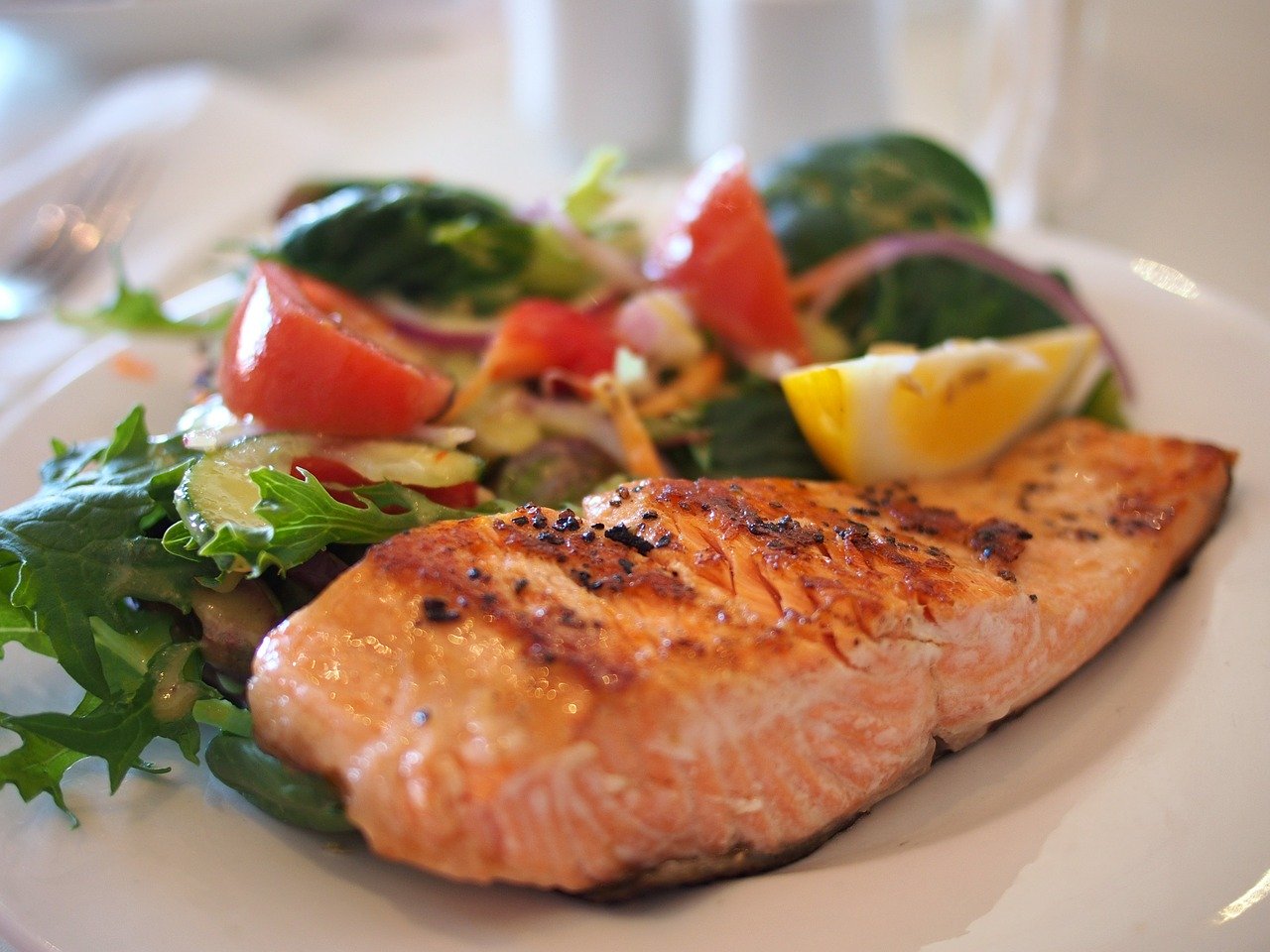Seafood is having a big moment amid the pandemic. As more consumers cook and eat their meals at home, seafood items from canned tuna to fresh salmon and frozen shrimp are seeing a major boost at supermarkets.
In fact, Bumble Bee Foods said canned and pouched tuna sales increased 100% between mid-March and early April. FMI’s Power of Seafood report also found that frozen seafood sales grew 50.8% over last year during the first three months of the pandemic, with fresh seafood growing 26.3% and grocery seafood growing 59.4% during the same time period.
While seafood has been seeing gains at food retail for quite some time, FMI’s Vice President of Fresh Rick Stein believes now is the time for supermarkets to capitalize on the trend.
“Clearly, traditional foodservice is disrupted right now,” Stein said during the recent Power of Seafood webinar. “Consumers again are going to be forced to do more cooking at home and eating at home. Seafood has never been a big carryout item, so I think we’re going to continue to see a lot of opportunity.”
Behind the seafood consumer
Seafood represents $12.5 billion in annual sales at food retail, behind produce, meat, deli and bakery, according to FMI’s report. “While not the biggest department in the store, seafood does attract a very lucrative and affluent customer base,” explained FMI Director of Research Steve Markenson during the webinar. “When seafood is in the basket, the ring is almost three times higher than when it is not.”
The Power of Seafood report further found that 25% of Americans are eating seafood two times per week or more, while 43% are eating it once a month or not at all. While 52% of Gen Z does not eat seafood even once a month, millennials are consuming seafood at a pace comparable to Gen X and baby boomers.
As these consumers dive into supermarket seafood counters, many are specifically seeking out freshness, quality, sustainability, health claims and wild-caught items.
Some 69% of shoppers say quality is the most important factor when shopping for seafood, compared to 59% who said the same last year. Taste and flavor are the most important purchase factor for 53% of shoppers, up from 42% last year.
While only 22% of shoppers said sustainability is important when purchasing seafood, it has become a hot topic in the industry in recent years. In fact, Albertsons recently announced that more than 100 of its own brand seafood products will now bear the Responsible Choice logo for sustainable sourcing. Similarly, Walmart’s Great Value canned tuna will now be sourced exclusively from suppliers that are Marine Stewardship Council-certified.
“We’re seeing a majority of folks hungry for information about seafood in general, and a majority want to be more knowledgeable about seafood sustainability,” said Markenson.
Among consumers looking for specific health and product claims on their seafood, the most important ones include heart healthy, all natural, healthy fats and no additives.
Opportunities for retailers, suppliers
While many millennial, Gen X and baby boomer shoppers are already reaching for seafood at retail, there is still a great need for education and awareness surrounding seafood of all stripes, and also ways to cook and prepare it.
Among the most active seafood consumers, 51% say better prices would prompt them to consume seafood more often, and 45% say sales or a special of the week would do the same, according to FMI’s report. While seafood is generally affordable, especially compared to today’s meat prices, Stein explained, some consumers can get sticker shock when seeing seafood priced by the pound.
“Quite often, people look at the price per pound and they get overwhelmed by it,” Stein explained. “I like the idea of portion size. I like the idea of being able to explain to my consumers that the average consumer eats between four and six ounces of fish, so on a proportion basis, it’s really not that expensive.”
Further, the study found that 32% of active seafood consumers say more recipes would get them to buy more seafood. “Seafood consumers, in general, are very active seekers of information,” Markenson said. “They’re looking for information [and] ideas for new and different meals.”
A few of the best ways to connect and share recipes with those information-hungry shoppers, the study found, is through recipe websites, recipes provided by food brands and stores, traditional cookbooks, magazines and TV cooking shows.
Social media platforms, namely YouTube, Facebook, Pinterest and Instagram, are also major venues for getting cooking inspiration. “These are all some great ways on how we can inspire seafood consumption and get seafood consumers to eat more seafood,” Markenson said.
Education is another important piece of the puzzle, and an age old problem for supermarkets, Stein explained. In order to be able to readily share information about seafood, retailers should constantly teach employees about the counter and products so they can pass it on, Stein said. Now is also a great time to beef up websites and online presence in order to further share information with customers.
“What I would take advantage of during this time is really working on efforts to try and educate my consumers about different varieties, cooking, recipes,” Stein concluded. Making websites more robust and also taking advantage of QR codes to share videos or recipes can greatly help home chefs learn more about preparing seafood, he said.
Related stories:
- Meal kit industry shines during pandemic
- Mandated to stay at home, cooking fatigue sets in
- How comfort food brands can chart a course for post-pandemic growth
_____________________________________
If you enjoyed this article, you can sign up for Consumer Brands SmartBrief or FMI dailyLead to get news like this in your inbox. For even more great news content, sign up for any of SmartBrief’s 275+ free email newsletters today, free.
